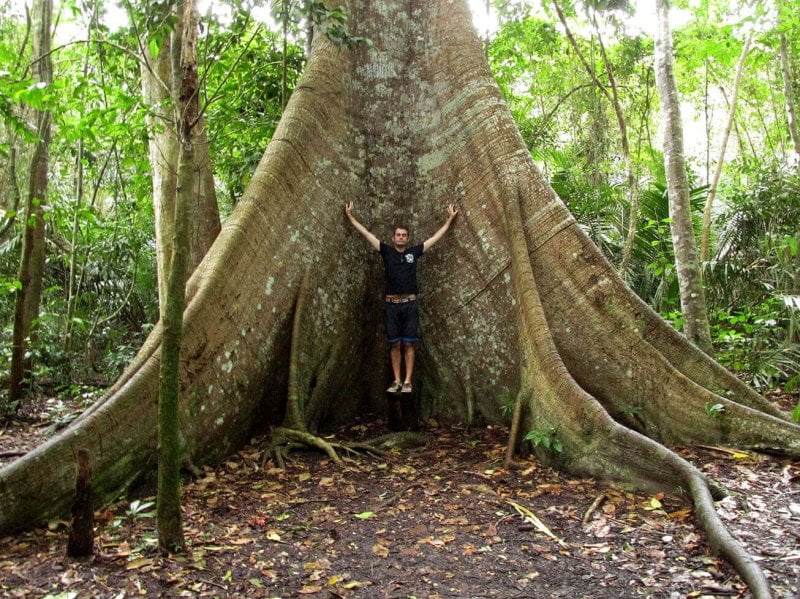Of all the potential fixes for the climate crisis, none has captured hearts and minds quite like tree planting.
It’s a goal that seemingly everyone can agree on: Scientists, politicians, even billionaires are putting their heft behind efforts to green the land with new forests that will capture carbon and—hopefully—lock it away in trunks and soil for decades.
But no climate fix is ever that simple. Multiple studies have found that tree-planting campaigns don’t always deliver the benefits they promise.
Maddie Hall, CEO and founder of the climate startup Living Carbon, is looking for the Tesla of trees.
“Not just a tree that’s better for the environment, but a tree that grows faster and might be able to survive or perform better in climates than traditional varieties,” she says. “A lot of that comes down to how you could improve the growth rate and also carbon-capture potential of trees.”
…
In a non-peer-reviewed preprint first posted on February 19, scientists at Living Carbon claimed that by inserting new genes into poplar trees, they can make the plants grow 53 percent more quickly than their non-edited equivalents.































